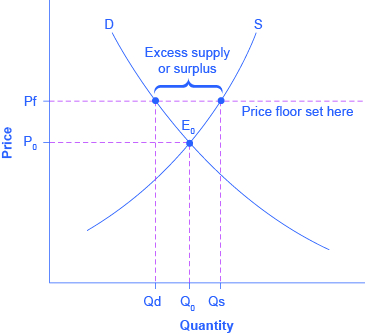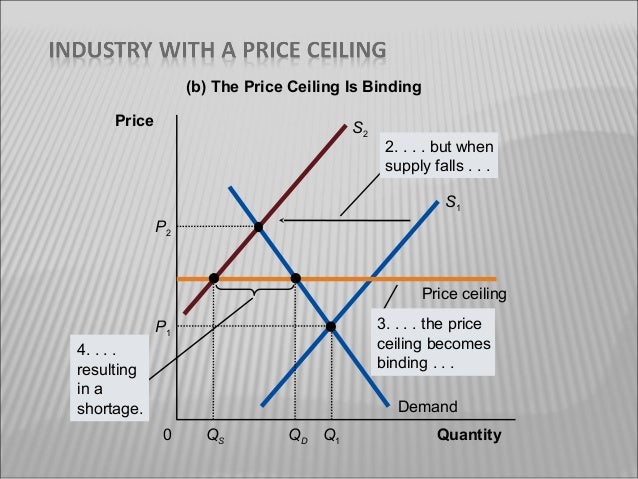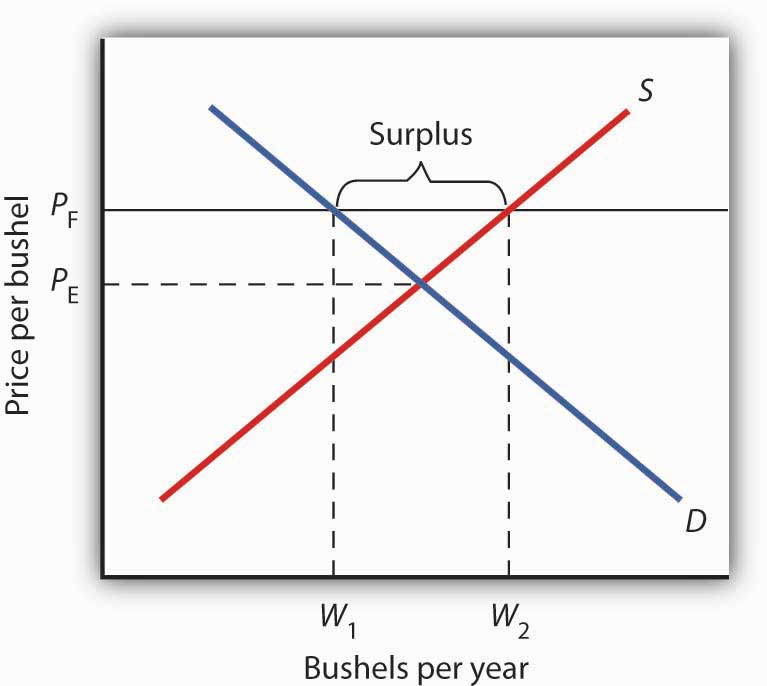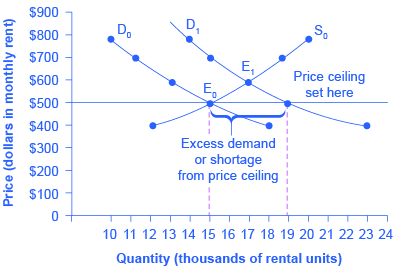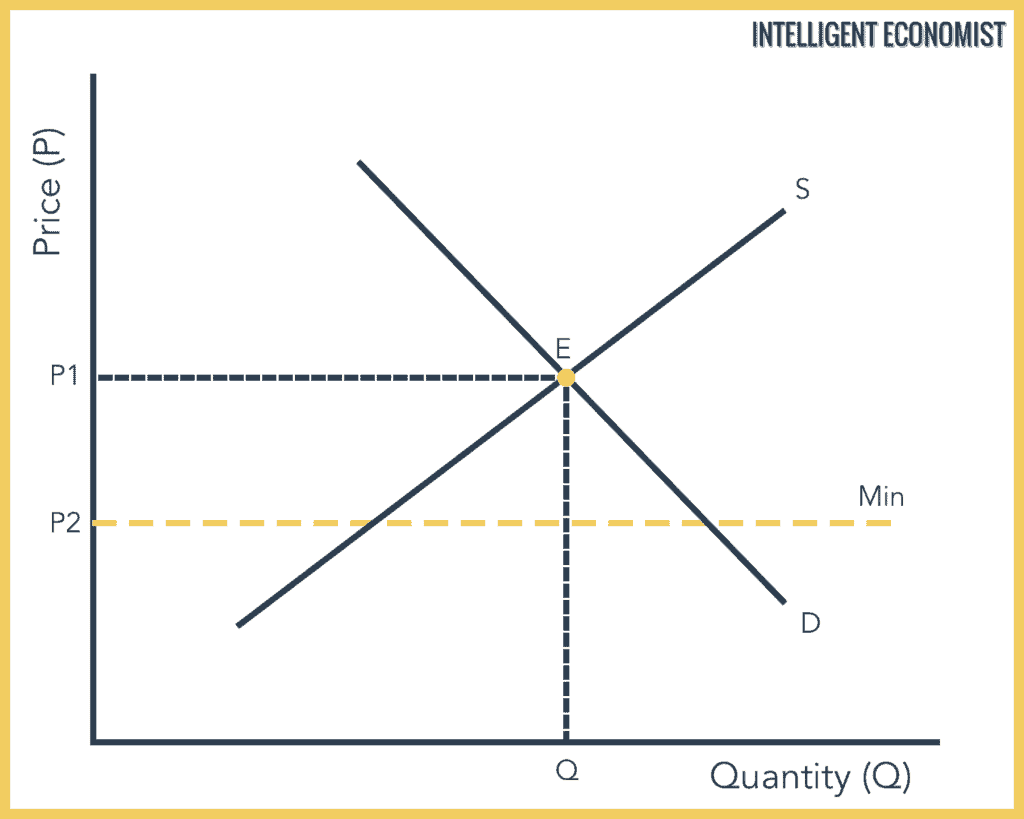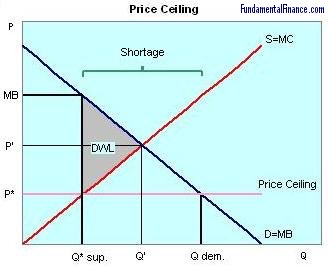Consumer surplus always decreases when a binding price floor is instituted in a market above the equilibrium price.
Surplus for increasing cost industry with binding price floor.
If price floor is less than market equilibrium price then it has no impact on the economy.
This is the currently selected item.
The imposition of a binding price floor in the market.
Consumer surplus will only increase as long as the benefit from the lower price exceeds the costs from the resulting shortage.
And producer surplus in the industry will increase.
The total economic surplus equals the sum of the consumer and producer surpluses.
At higher market price producers increase their supply.
Minimum wage and price floors.
This has the effect of binding that good s market.
100 renters and 100 landlords all lose a varied amount based on their willingness to pay and marginal costs.
The government is inflating the price of the good for which they ve set a binding price floor which will cause at least some consumers to avoid paying that price.
Example breaking down tax incidence.
Price can be denominated in hourly wage with the quantity of workers on the x axis.
A decrease in the production cost of the good c.
Sellers expect the price of the good to be lower next month d.
But if price floor is set above market equilibrium price immediate supply surplus can be observed.
If the government sets a binding minimum wage price floor it must be set above the equilibrium price.
The effect of government interventions on surplus.
Taxation and dead weight loss.
Price and quantity controls.
Surplus increase area a.
How price controls reallocate surplus.
Decrease and producer surplus in the industry will increase.

